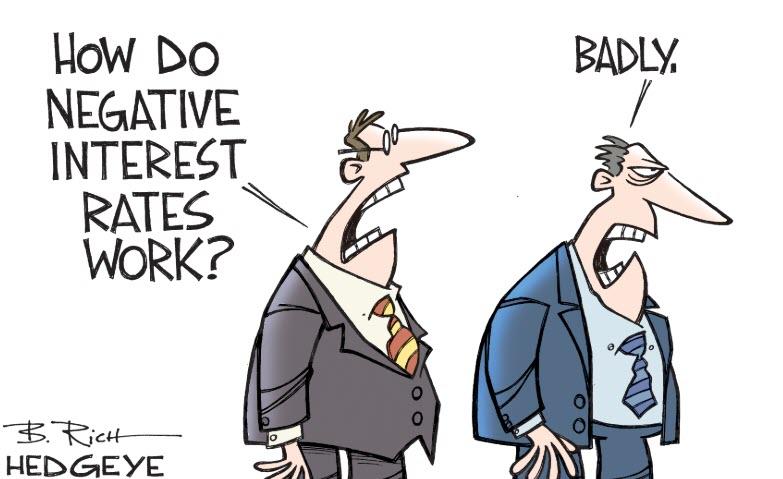U.S. stock index futures dropped on Wednesday, giving up earlier gains, as a drop in global bond yields raised concerns about a slowing global economy.
Investors moved back into safe havens like gold, just as they did on Monday when stocks dropped the most they have in a single day all year. Gold reached a more than six-year high.
At around 8:40 a.m. ET, Dow Jones Industrial Average futures indicated a drop of 300 points. S&P 500 and Nasdaq 100 futures also pointed to a drop at the open. Futures were trading higher earlier on Wednesday morning.
It was unclear of the exact reason for the sliding stock futures but the move coincided with the 10-year Treasury yield sliding to its lowest level since 2016. The benchmark 10-year Treasury yield traded at 1.63% after staring August above 2%. The move further narrowed the yield curve, a widely watched recession indicator. The spread between the 10-year rate and the 2-year yield fell to its lowest level since 2007 at less than 8 basis points.
It is no longer absurd to think that the nominal yield on U.S. Treasury securities could go negative. Last week the German 30-year government bond yield dipped into negative territory for the first time ever. Around $14 trillion of outstanding bonds worldwide, or 25% of the market, now trade at negative yields, according to Bloomberg. What was once viewed as a short-term aberration – that creditors are paying debtors for taking their money – has already become commonplace in developed markets outside of the U.S. Whenever the world economy next goes into hibernation, U.S. Treasuries – which many investors view as the ultimate “safe haven” apart from gold – may be no exception to the negative yield phenomenon. And if trade tensions keep escalating, bond markets may move in that direction faster than many investors think.
What’s behind negative interest rates? Many observers blame central banks like the European Central Bank (ECB) and the Bank of Japan (BOJ) that are taxing banks’ excess reserves with negative deposit rates and have made bonds scarcer by removing them from the market through their purchase programs. The BOJ now owns about half and the ECB about 30% of the bonds issued by their respective governments, according to Bloomberg.
Secular drivers of negative rates
However, we believe central banks are not the villains but rather the victims of deeper fundamental drivers behind low and negative interest rates. The two most important secular drivers are demographics and technology. Rising life expectancy increases desired saving while new technologies are capital-saving and are becoming cheaper – and thus reduce ex ante demand for investment. The resulting savings glut tends to push the “natural” rate of interest lower and lower.
Against this backdrop, the financial history of the last decade is littered with central banks that either kept the “money” rate of interest above the “natural” rate or tried to raise it too early (the ECB in 2011) or too far (the Fed in 2018). Both were punished by market forces and have had to reverse course.
One likely factor behind the savings glut and negative interest rates is negative “time preference.” Once upon a time, economic theory maintained that people always value today’s consumption more than tomorrow’s consumption – and thus display positive time preference. People would therefore always demand compensation in the form of a positive interest rate in order to forgo current consumption and save for the future instead. People were viewed as impatient, and the more impatient people are, the higher the interest rate has to be to make them save.
This made sense in a world where people usually died before they retired and struggled to satisfy basic needs. However, it can be argued that in affluent societies where people can expect to live ever longer and thus spend a significant amount of their lifetimes in retirement, more and more people demonstrate negative time preference, meaning they value future consumption during their retirement more than today’s consumption. To transfer purchasing power to the future via saving today, they are thus willing to accept a negative interest rate and bring it about through their saving behavior. (For more on this, see No End to the Savings Glut, one of the first pieces I wrote after joining PIMCO four years ago.)
